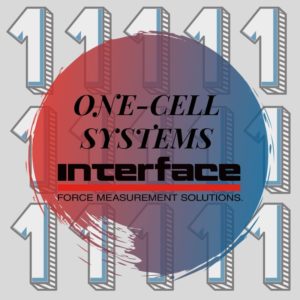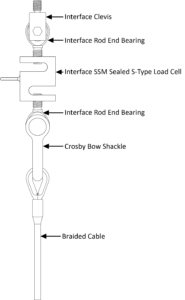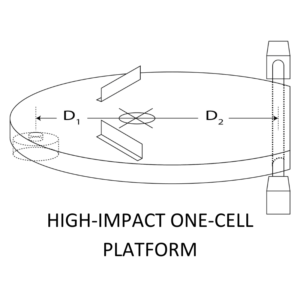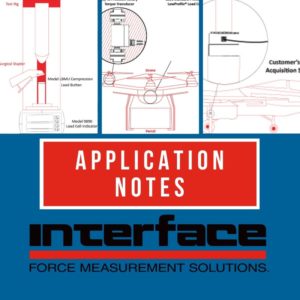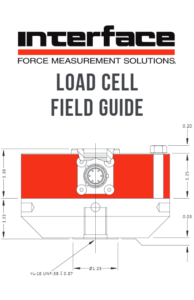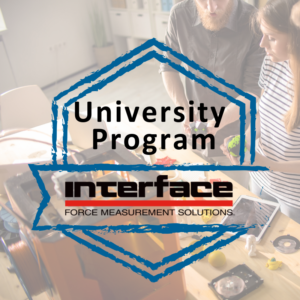Understanding the Anatomy of Fatigue Failure
 Interface’s specialized fatigue-rated load cells are commonly used for fatigue testing. This test and measurement application, sometimes called lifecycle testing, determines how long the product can endure while performing its normal function.
Interface’s specialized fatigue-rated load cells are commonly used for fatigue testing. This test and measurement application, sometimes called lifecycle testing, determines how long the product can endure while performing its normal function.
Fatigue testing validates safe and reliable product designs and structures and is also used to determine the point of destruction. By understanding the fatigue behavior of materials, components, and assemblies, engineers can design products resistant to fatigue failure.
Critical to fatigue testing is the quality of the measurement device. Understanding the load cell’s electrical, mechanical, and performance specifications is important before using it in any fatigue testing. This first step helps confirm the load cell is designed and capable of withstanding the cycling and load requirements of the test—in other words, to ensure the load cell doesn’t fail during fatigue testing.
Interface force measurement experts detail the anatomy of fatigue failure in our popular Interface Load Cell Field Guide. The ultimate load cell resource is available for download here.
Fatigue Failure Theory
It is well known that metals will fail in a statically loaded situation if the yield strength is exceeded. As load cells are structural devices stressed during their normal use, they are commonly given ultimate overload ratings to characterize the magnitude of static load they will withstand without failing structurally.
However, all metal structures, including load cells, are also subject to failure due to repetitive loadings much lower than the ultimate overload rating. This phenomenon is known as fatigue failure, and it is because the stress that a metal can withstand under cyclic loading usually becomes less and less as the number of cyclic loadings is increased.
The cause of this apparent anomaly can be explained by noting that metals are typically not perfectly homogeneous solids. They are composed of crystals, and at locations called grain boundaries, along slip planes, or in a region of a microscopic defect, minute strains under load can occur that do not completely reverse during unloading, leaving the material with a slight plastic deformation at the end of each complete cycle. This effect is highly dependent on the magnitude of the load and the number of cycles.
It is generally acknowledged that a structural fatigue failure develops in three stages:
- Repeated cycling builds up local plastic deformation, and a microscopic crack is initiated.
- The crack propagates, and a larger section becomes weakened.
- Stress concentration in the cracking section increases rapidly, and continued cycling enlarges the crack until a sudden fracture occurs.
Fatigue Life Prediction
Accurate prediction of fatigue life of any structure is not a reality. Well-controlled tests on the simplest configurations of test specimens result in a wide scatter band of results. The analysis is even more complex, with the structure typical of a load cell. Theoretical analysis can produce approximations, however, which can be useful in estimating the margin of safety at which a particular load cell design is operating.
In materials science, the S-N curve is a well-known tool. It represents the load cycles required to break a specimen at peak cyclic stress levels. Thus, the fatigue life can be approximated if the stress level is known. However, some factors make fatigue life difficult to characterize.
The fatigue rating of a load cell is a distinct specification that guarantees a service life of up to 100 million fully reversed load cycles at full rated capacity. Load cells are typically integrated into testing machines or equipment.
INTERFACE FATIGUE-RATED LOAD CELLS
1000 Fatigue-Rated LowProfile® Load Cell
1000 High Capacity Fatigue-Rated LowProfile® Load Cell
1500 Low Capacity LowProfile® Load Cell
1208 Flange Standard Precision LowProfile® Load Cell
Interface fatigue-rated load cells are vital for test and measurement projects in various industries, from aerospace and automotive to civil engineering and manufacturing. Manufacturers of test machines, aircraft, spacecraft, automotive components, consumer products, heavy machinery, bridges, energy production equipment, and industrial systems use our fatigue-rated load cells.
ADDITIONAL RESOURCES
Fatigue Testing with Interface Load Cells
Interface Specializes in Fatigue-Rated Load Cells
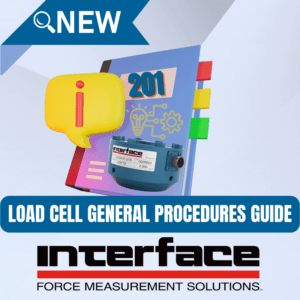 The Interface Load Cells 201 Guide is an extract from our comprehensive go-to for the force measurement industry, the
The Interface Load Cells 201 Guide is an extract from our comprehensive go-to for the force measurement industry, the  Proof testing determines that the failure of critical components and parts could result in costly damage to equipment and even injury in severe cases. Our measurement products are designed to be used in proof testing applications.
Proof testing determines that the failure of critical components and parts could result in costly damage to equipment and even injury in severe cases. Our measurement products are designed to be used in proof testing applications.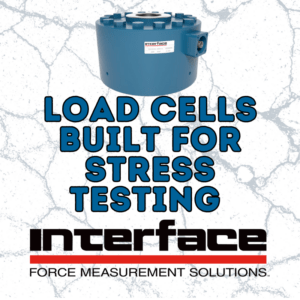 Stress testing with load cells is an integral part of research, design, and manufacturing processes for various products and components. It helps to ensure that material, equipment, and final products can withstand the stresses they will be subjected to in regular use.
Stress testing with load cells is an integral part of research, design, and manufacturing processes for various products and components. It helps to ensure that material, equipment, and final products can withstand the stresses they will be subjected to in regular use.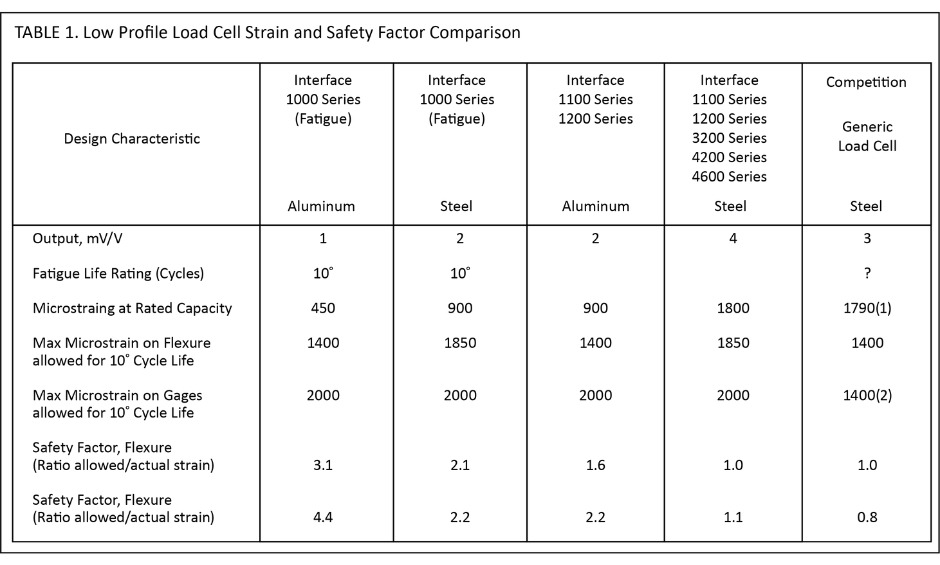
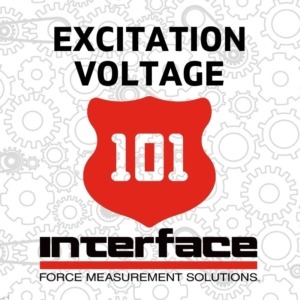 Excitation is an electrical signal. The excitation voltage is represented by the volts direct current (VDC). The direct current flows in one direction only. Alternating current (AC) changes direction at times.
Excitation is an electrical signal. The excitation voltage is represented by the volts direct current (VDC). The direct current flows in one direction only. Alternating current (AC) changes direction at times.